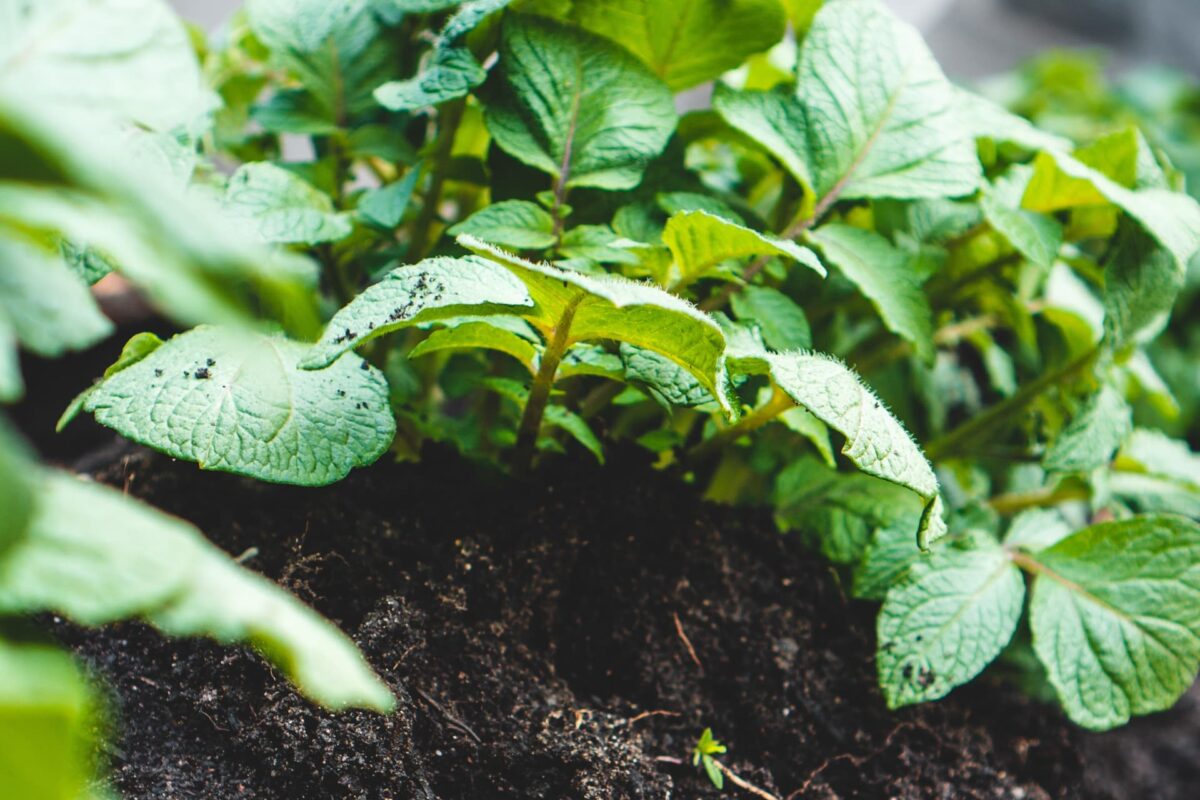Soil degradation is a real and pressing issue. Every year, we lose an estimated 24 billion tonnes of topsoil due to erosion – that’s the equivalent of one tennis court-sized area of soil being lost every five seconds. Not only is this loss of topsoil bad for the environment, it also jeopardizes the food security of future generations. With the world’s population expected to exceed 9 billion by 2050, it’s crucial that we take action to protect our soils. Soil degradation is caused by a number of factors, including pollution, intensive agriculture and climate change. To effectively combat soil degradation, we need to tackle all of these issues head-on. But it’s not all doom and gloom – there are things we can all do to help prevent soil degradation. For example, reducing our reliance on single-use plastics and choosing products made from sustainable materials can help to reduce pollution. And supporting businesses that operate in a sustainable way can also make a big difference. So let’s take action now to protect our soils – for our own sake and for the sake of future generations.
Causes of Soil Degradation
Soil degradation is a global environmental problem that occurs when the soil loses one or more of its essential functions. These functions include the ability to support plant growth, regulate water and air quality, and provide habitat for beneficial organisms. Soil degradation is caused by a variety of factors, including agricultural practices, industrial and commercial pollution, and deforestation. In many cases, soil degradation is the result of human activities. However, it can also be caused by natural disasters such as floods and landslides. While soil degradation is a natural process that has occurred throughout the history of the planet, it has accelerated dramatically in recent years due to human activity. As a result, it is now a major threat to food security, water quality, and biodiversity. soil degradation can have severe economic and social consequences. It can lead to loss of productivity, decreased crop yields, soil erosion, and increased costs for farmers. In addition, soil degradation can cause health problems for people living in affected areas. Soil degradation is a complex problem that requires a comprehensive approach to address. Solutions must be designed to reduce the causes of soil degradation and improve the management of land resources.
Solutions to Soil Degradation – How You Can Help
Soil degradation is a major problem facing farmers around the world. It can lead to decreased crop yields, soil infertility, and even desertification. The good news is that there are a number of soil degradation solutions that can help to reverse the process and improve soil health. One of the most important soil degradation solutions is to reduce tillage. Tillage operations like plowing and harrowing can damage soil structure and promote soil erosion. By reducing tillage, farmers can help to protect soil health and reduce the rate of soil degradation. Another soil degradation solution is to use cover crops. Cover crops are plants that are grown in between cash crops. They help to reduce soil erosion, improve soil fertility, and provide other benefits like weed control. Cover crops can be an essential tool in the fight against soil degradation. Lastly, one of the most important soil degradation solutions is to implement sustainable land management practices. This includes using organic fertilizers, practicing crop rotation, and conserving water. By adopting these practices, farmers can help to improve soil health and reduce the negative impacts of soil degradation.
Closing Thoughts
In conclusion, soil degradation is a complex problem that requires a multi-faceted approach. There is no easy solution, but with cooperation and dedication, we can slow down and eventually reverse the trends that are causing soil degradation. The good news is that soil degradation is a problem that we can do something about. By changing our farming practices, protecting natural ecosystems, and increasing public awareness, we can help to reverse the trends of soil degradation. In doing so, we can ensure that our soils will be able to support future generations. These are my closing thoughts on the matter of soil degradation. I hope that this information has been helpful and that you will join me in working to find solutions to this critical problem.
